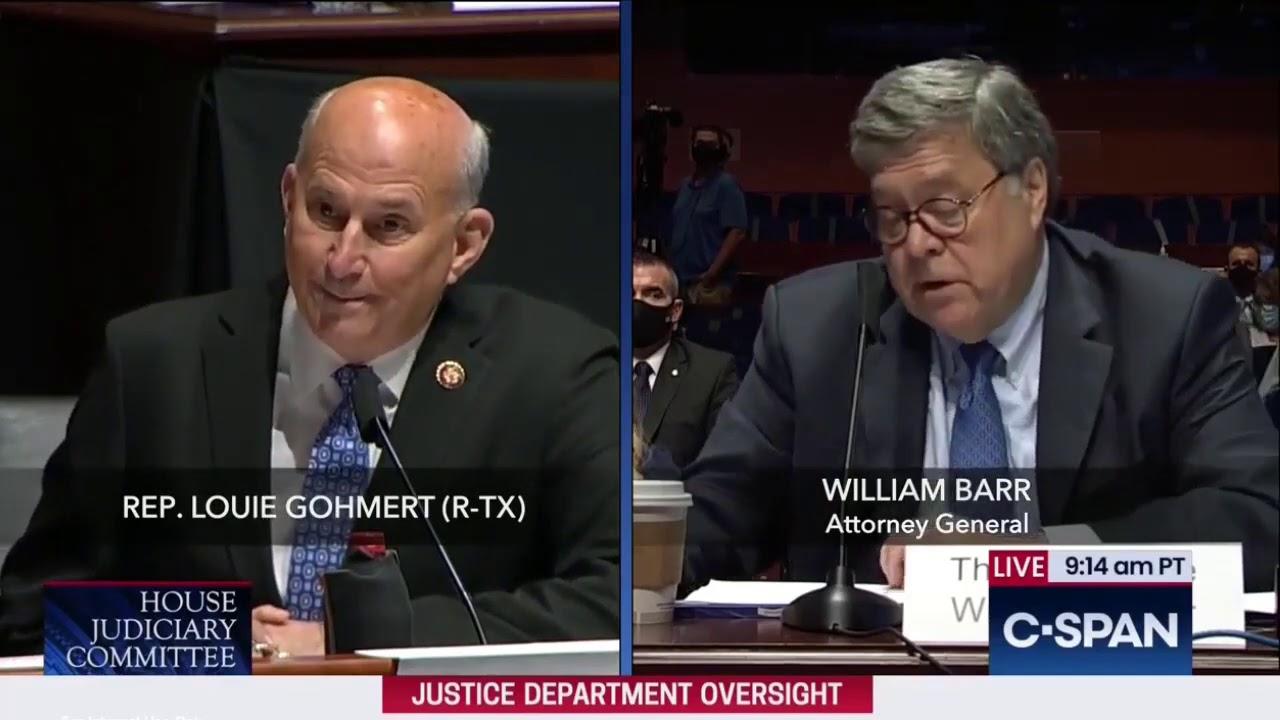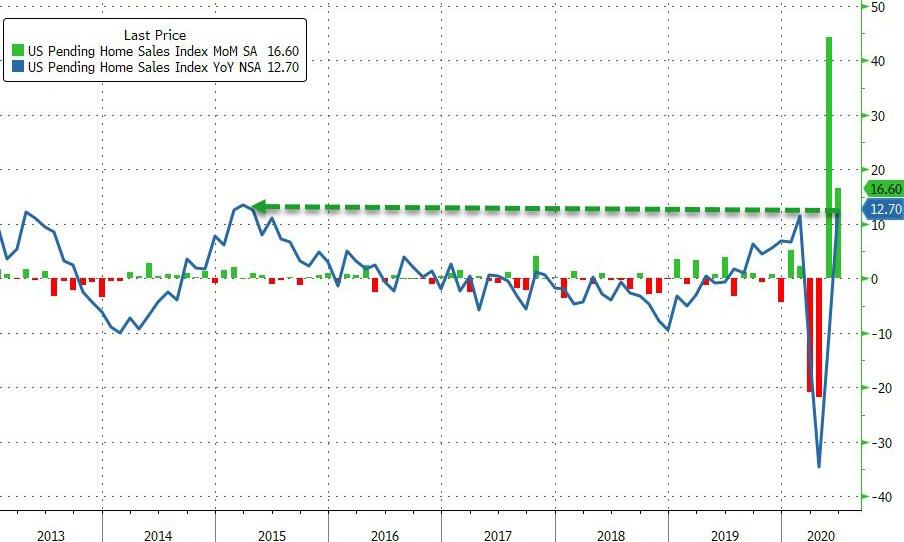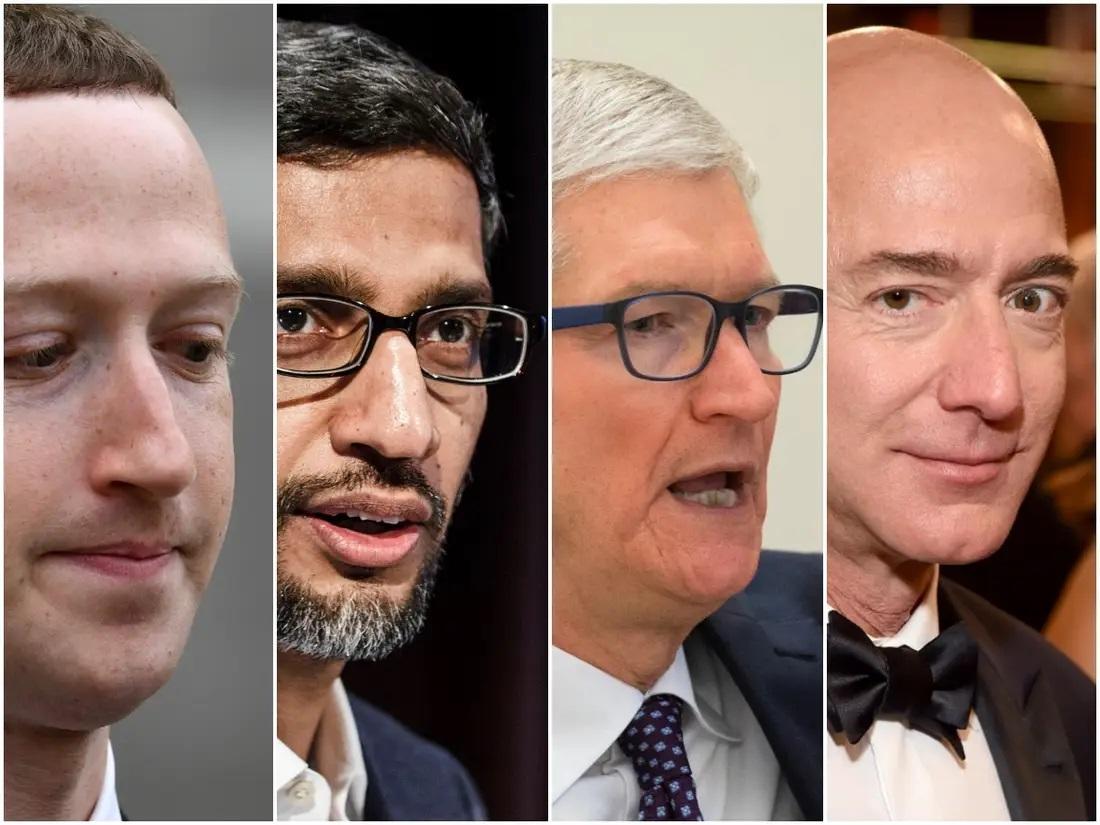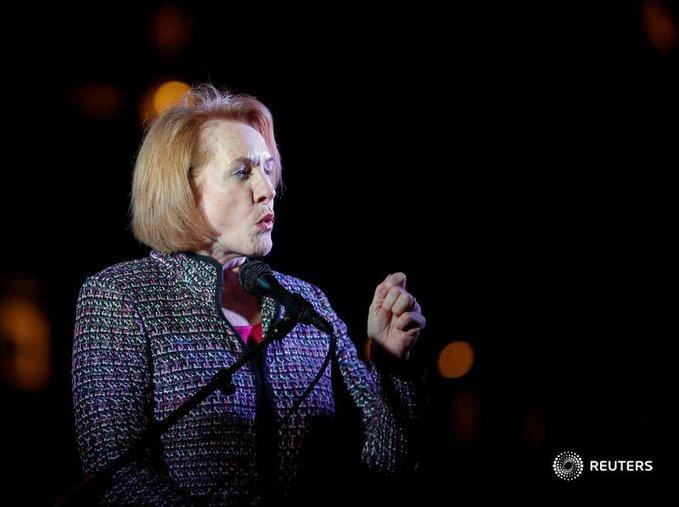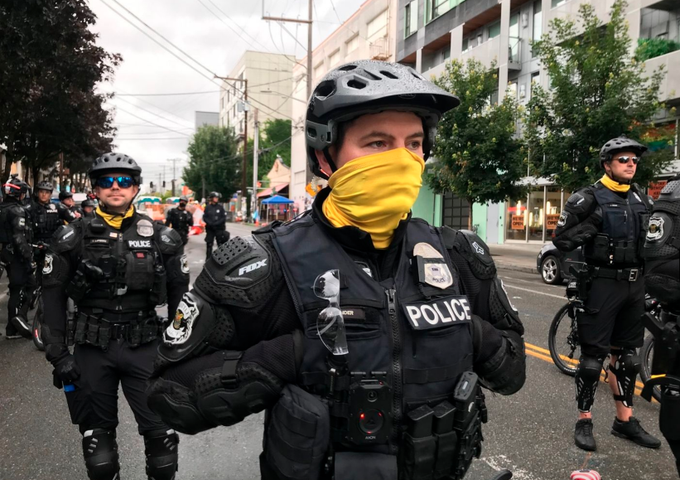“It’s a big mess,” says Hollie Gesaman, a mother of two young children in Streetsboro, Ohio. She was talking about the upcoming school year, and what parents would do with their kids. “A lot of people are on the fence about a lot of different things. Our school hasn’t given us any idea of what they’re going for. They have ‘potential’ plans, but the bottom line is that there’s really not a 100% good choice.” Send the kids to school? There’s a health risk. Keep them home, and what about socialization? Homeschool? Unschool? Let them watch cartoons and learn the entire ACME product line? “There’s a negative consequence for each possibility,” Gesaman sighs. “Just pick a punch in the face.”
The punch suddenly getting the most play is the “pandemic pod.” “Pods went from, ‘Oh, isn’t that interesting?’ to ubiquitous in about 72 hours,” says Robert Pondiscio, a former Bronx public school teacher who now works at the Thomas B. Fordham Institute.
A pod is a small group of families who approve of each other’s quarantining habits and whose kids will spend the next few weeks, months, or God-knows-how-long learning together away from the school house. These may be kids who were going to the same school already, or they may be neighbors, cousins, or play-group buddies. They may be the same age, or not. They may hire a tutor, a babysitter, or a bona fide teacher. They may tune in together to the school district’s online lessons, or they may choose a totally different homeschooling curriculum. Their parents may or may not pitch in with the teaching. And they may or may not strive to include a kid or kids from a different income level, race, or neighborhood, to create more equity. (That last one is a big issue in the Facebook chats.)
In other words: Everything is up for re-imagining. “These pandemic pods are the ultimate in parent-driven education innovation,” says Kerry McDonald, author of Unschooled. “Parents were forced into COVID homeschooling last spring. But now they are willingly taking the reins of their children’s education.”
Amy Evans, a writer with two kids in Montclair, New Jersey, is one of them. She thinks she will probably have her daughter attend whatever online/offline hybrid the local high school puts together, because it has (or had?) a lot of specialized classes her daughter wants to take. But for her son, an 8th grader, she’s less sure. Is the risk and weirdness of a socially distanced classroom worth it, especially if there’s no gym class? And what if a lot of time is spent repeating the online lessons not every kid paid peak attention to last spring? Evans says she may not send him back “if it’s a whole lot of reviewing and handwashing and still potentially unsafe.”
Instead, she might formalize an ad hoc group her son and a couple of his friends threw together in March, when students were first sent home. They did their homework together, remotely. In a way, says Evans, “Our kids beat us to it.”
Gesaman, the Ohio mom, also organized an informal gathering at her home in the spring. She had four first graders do math and art projects together in, essentially, a pod. “Some might say I invented the whole concept,” she says. “Just kidding—absolutely no one is saying that.” Furloughed from her job the same moment schools closed, she read up on the first grade curriculum and taught the class herself. She found the kids grasped the concepts, and now she is ready to do it again.
Does having a parent who can teach, or having a home with enough space for a class, or even confining a pod to people who can quarantine—thereby excluding the children of essential workers—create inequity? That’s the question plaguing a lot of parents. Understandably so, says Pondiscio, “Because everything in education causes inequity. It’s like the old Joe Jackson song: Everything gives you cancer.”
He’s not being flip. As the author of How the Other Half Learns, and he wants more equity between the halves, too. One idea that he, McDonald, and Corey DeAngelis, Reason’s own director of school choice, have been thinking about is giving education dollars directly to families. Could this cataclysmic time of school closures and remote learning be the time to experiment with redirecting school money to the parents? They could use it to hire a personal part-time tutor, or create a local pod where everyone is pooling their stipends.
“I call it ‘Universal Basic Education Income,'” says DeAngelis. Like food stamps that can be used at any grocery, or Pell Grants that can be spent on the student’s college of choice, these education dollars could be spent wherever the family thought best, including at the local public school. When life returns to normal, the experiment could be studied, including any unintended consequences and whether it helped create more equity.
To Beth Isaacs, a music teacher in the Lexington, Kentucky, public schools, that sounds like a recipe ripe for the very worst inequity. The public school system takes students across the economic, educational and ethnic spectrum and gets them all interacting and learning together. “In my school, we are 100 percent free and reduced lunch, and 15 percent refugee,” she says.
Each teacher crafts the students into an assortment of, well, pods: Four kids at a table, learning together. The pods are shuffled all year long, so all the kids develop relationships and learn from each other. She worries that giving the education budget directly to parents means that some would choose to avoid any kind of mixing. She also stresses the possibility that a tutor would not be well-trained, and she argues that draining the ed budget would starve what Isaacs calls an already stretched-thin, “duct tape-and-Velcro” system.
“You’re not draining the system,” counters McDonald. “You’re redistributing it to students and allowing for the freedom of choice we have in all other areas of our lives.” As for hiring sub-par instructors, “Parents have the utmost interest in insuring that their children are highly educated,” McDonald says, and will choose wisely.
Clearly this is a fraught moment. Parents are reeling, students are waiting, and school districts are punting. Everything is up for grabs, including whether there’s about to be a giant teachers strike. But no matter what happens, this is going to be a year of educational changes, pods, no pods, or, given how things have been going, maybe even Tide Pods.

from Latest – Reason.com https://ift.tt/335bbzv
via IFTTT

